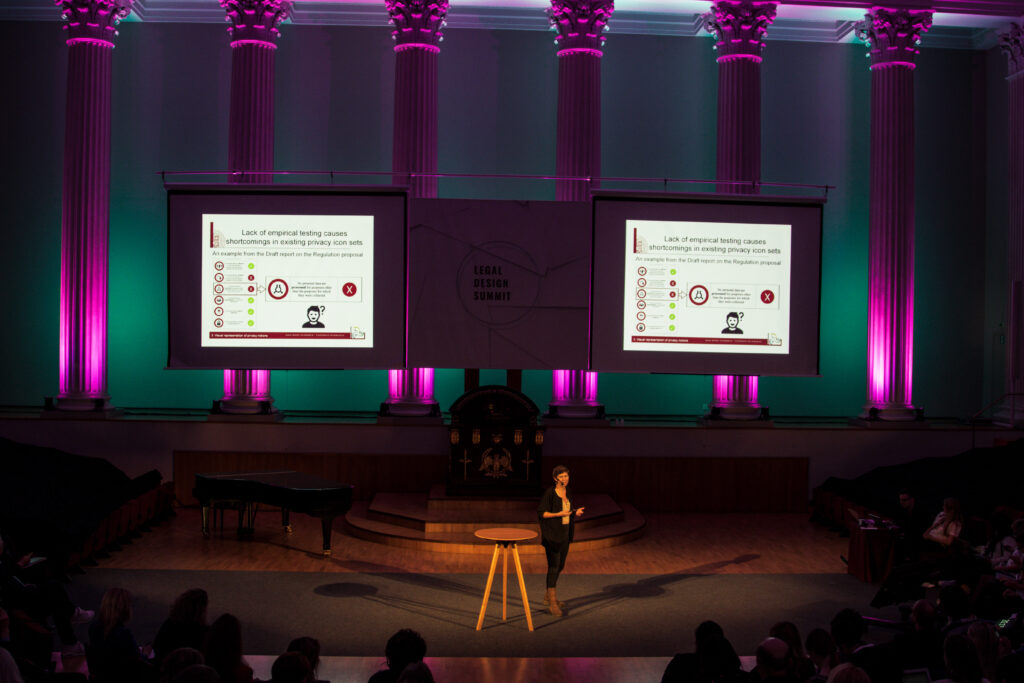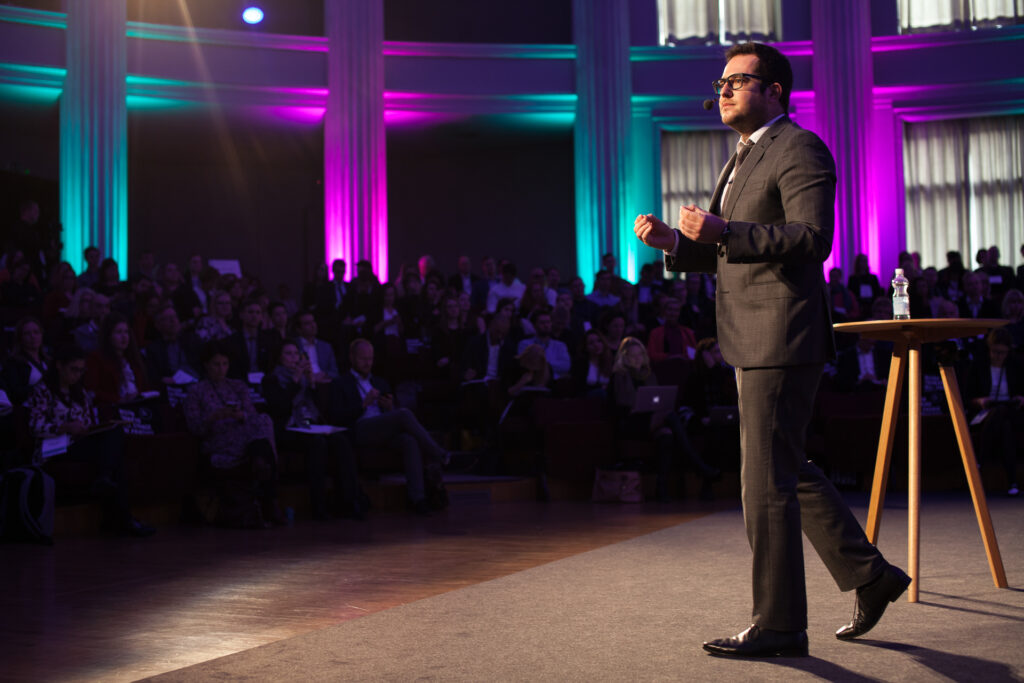Design and law united

Legal Design Summit held in Helsinki broke some records. The event gathered 600 participants and is the largest summit on design and law in the world.
Helsinki recently catered a proper portion of legal philosophy. In addition to the Legal Design Summit that gathered a record audience, the relation between design and law was pondered in two training sessions organized by Aalto University (“Is Copyrighting Design a Good Investment or Waste of Money?”) and the Finnish Association of Designers Ornamo (“Protecting Your Service Concept”).
The participants discussed the complexity of legal matters from the point of view of citizens, entrepreneurs as well as designers. How will the fusion of design and law change the world? We list the main themes here.
Design is everywhere
Design and law. Uniting the two fields will create various benefits for the citizens, entrepreneurs, designers and the society. At Legal Design Summit in Helsinki, we heard many examples of how design thinking is being incorporated to new areas, which shows that service design processes and best practices are widely applicable.
Contracts, for example, can be difficult to understand. In Finland, the Finnish Broadcasting Company Yle used a designer to improve their documents related to producing and buying TV and radio programmes. As a result, their contract pile of 17 pages was reduced to just one A4.
In Italy, the University of Bologna tested if information design could improve people’s awareness of data and privacy protection and related rights. Several user groups tested the comprehensibility of new graphic symbols.
The government of Great Britain has published a huge number of documents on the internet. The UK Government Digital Service is based on the needs of citizens and online users.

Designer in court
Information design is an area of design that can impact the investigation of an accident or crime as well as the court proceedings. Accident or crime scene construction and timeline presentations can make it quicker to perceive a case and conduct a legal hearing.
Modifying legal clauses into a more comprehensible form is not a mere design task. A legally qualified person must evaluate what is essential in the law in question. Legal Design Summit highlighted the ethical side of having laws: ultimately, it is about knowing your rights and defending them; a world that is just.


Articles and bits
Digitalization is changing the field. Professionals at law will be able to search case archives and other relevant information automatically. Will crimes be solved automatically? Can we buy legal services online? Will we need lawyers in the future?
The conservative nature of the legal field is both a threat and an opportunity. Legislation is long-term, predictable and accurate, which is a benefit for those interested in starting a business, for example.
New business ideas are may be generated outside the field. If law firms will not try to look for innovations, their territory may be taken over by other, more interactive services.

Did you know?
The Finnish law about immaterial property rights is about to change. There is still plenty to lobby for. Germany and other Nordic countries, among other, are used for benchmarking.
According to a new law that will be effective during 2018, trade secrets are separated from the old “unfair trading law” (SopMen in Finnish) that will then cover a more narrow area of business. It would be best for the common good, business, individual consumers and existing and starting entrepreneurs if the interests of different groups would be processed equally and comprehensively, like they are in Germany, not separately.
In Finland, legislation does not take note of illicitly utilizing another entrepreneur’s reputation, for example in imitation cases. However, the Finnish Competition Tribunal (Markkinaoikeus) has confirmed entrepreneurs’ rights to their reputation. Hopefully lawmakers will make the criteria for these cases clearer.
The originality criterion that entitles design protection is higher in Finland compared to other Nordic countries. The criteria need to be updated in order to keep up with the development.